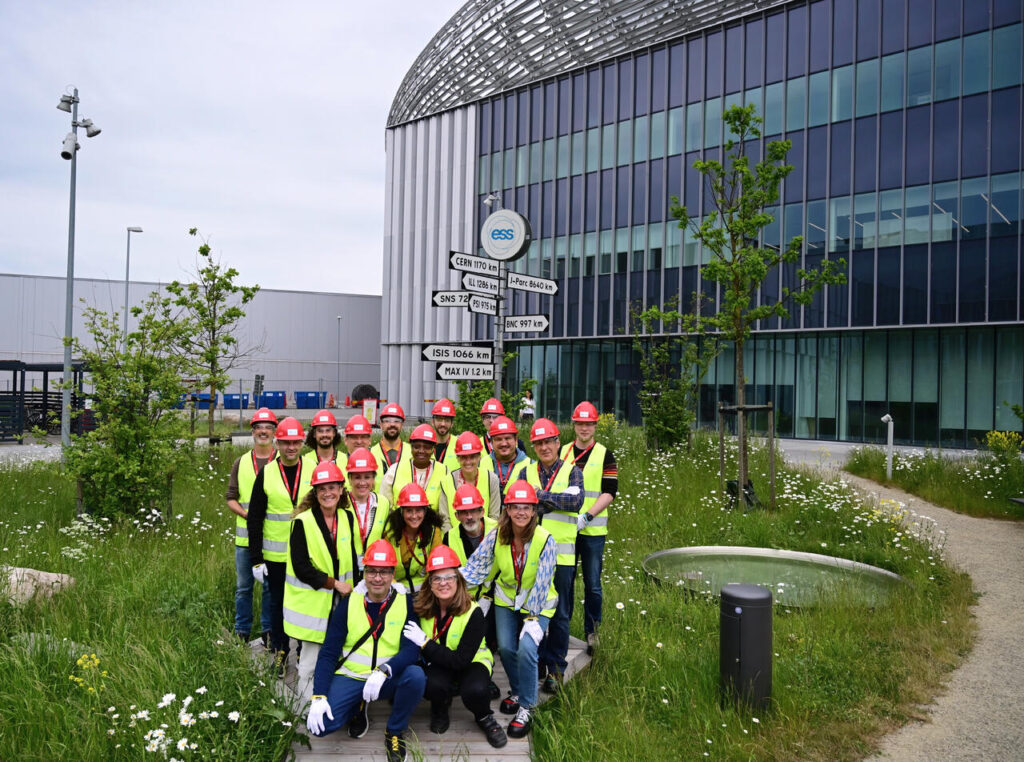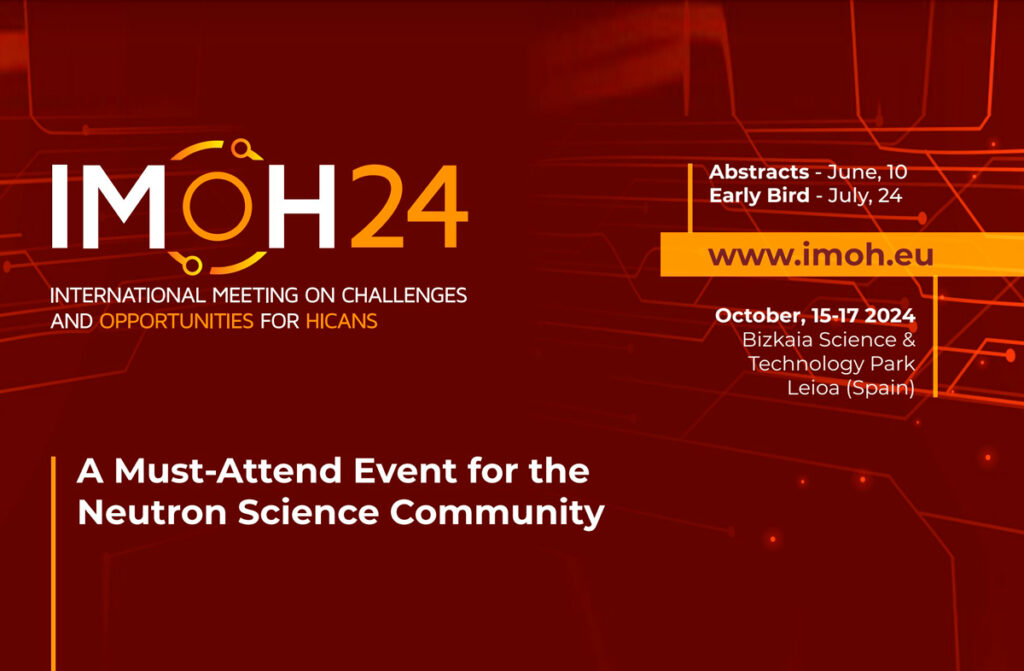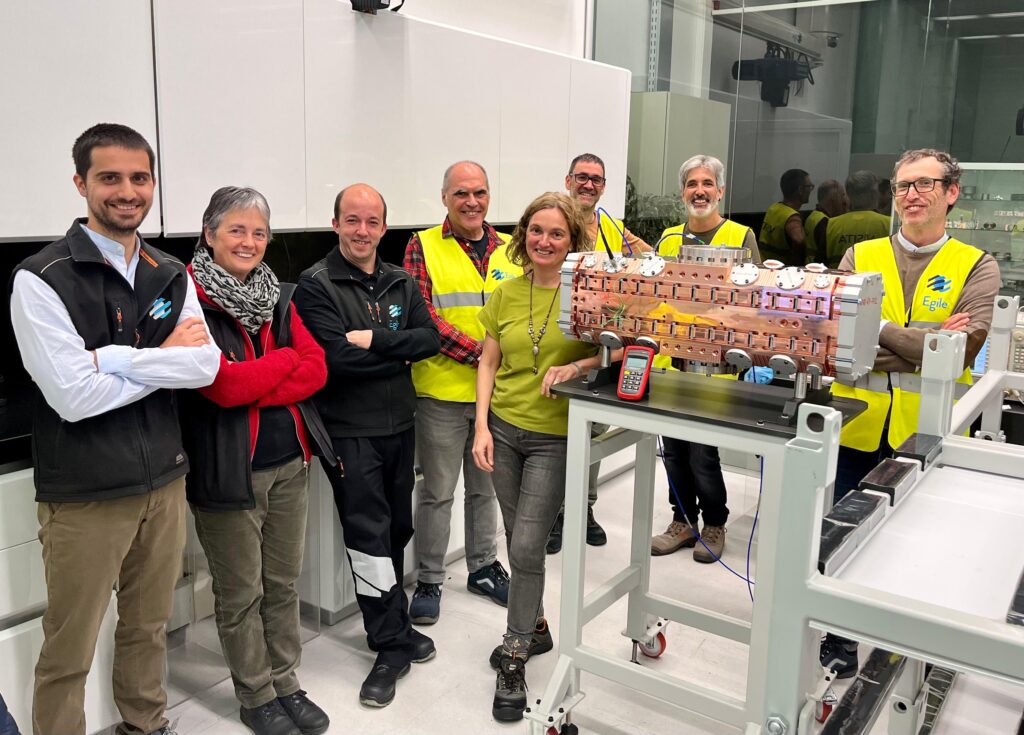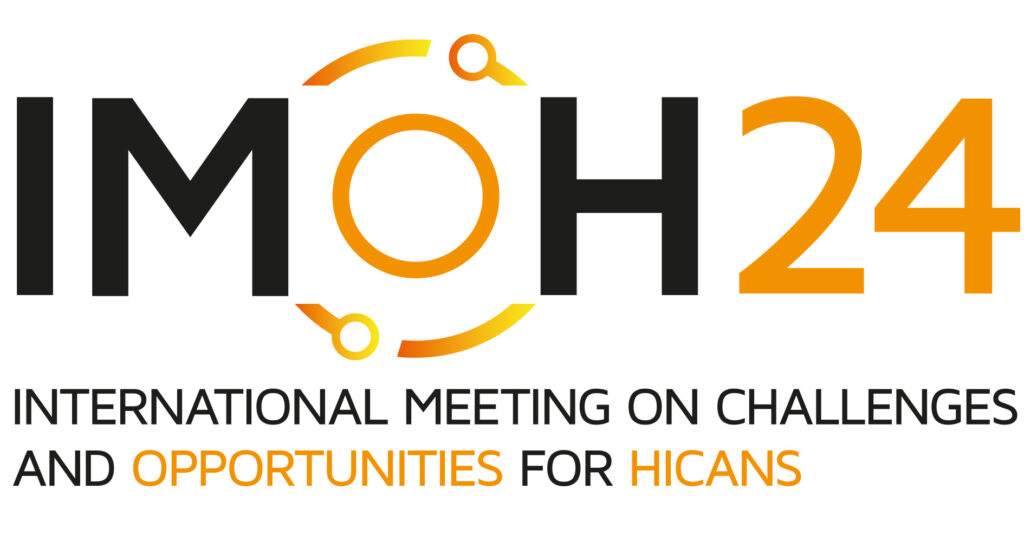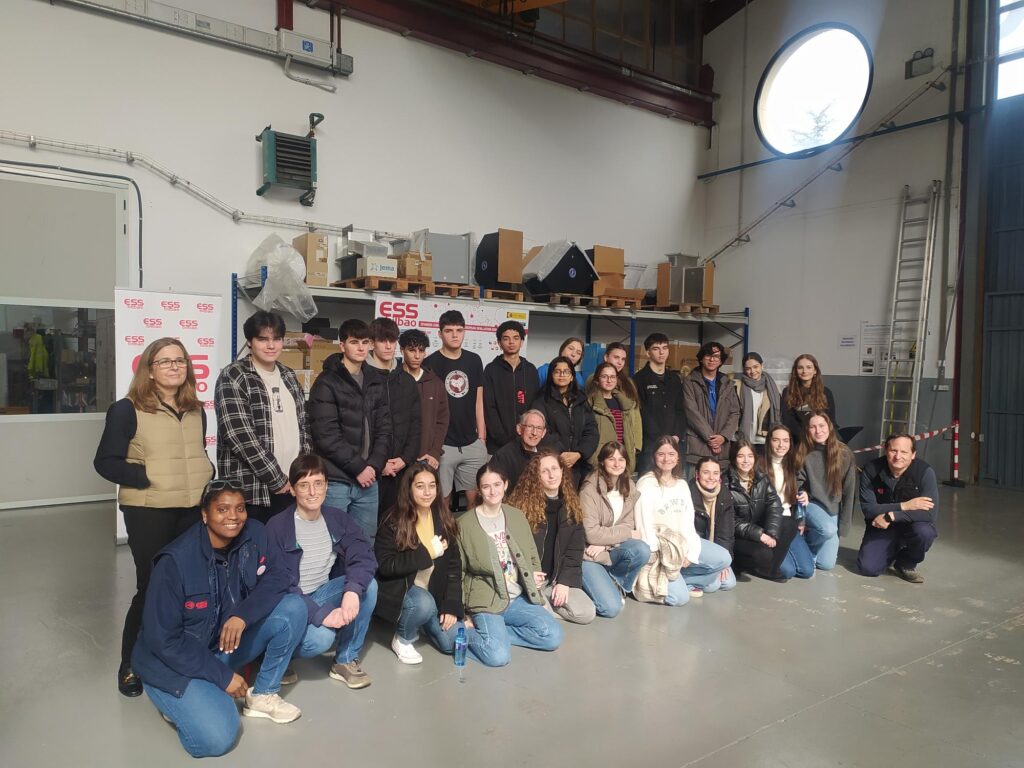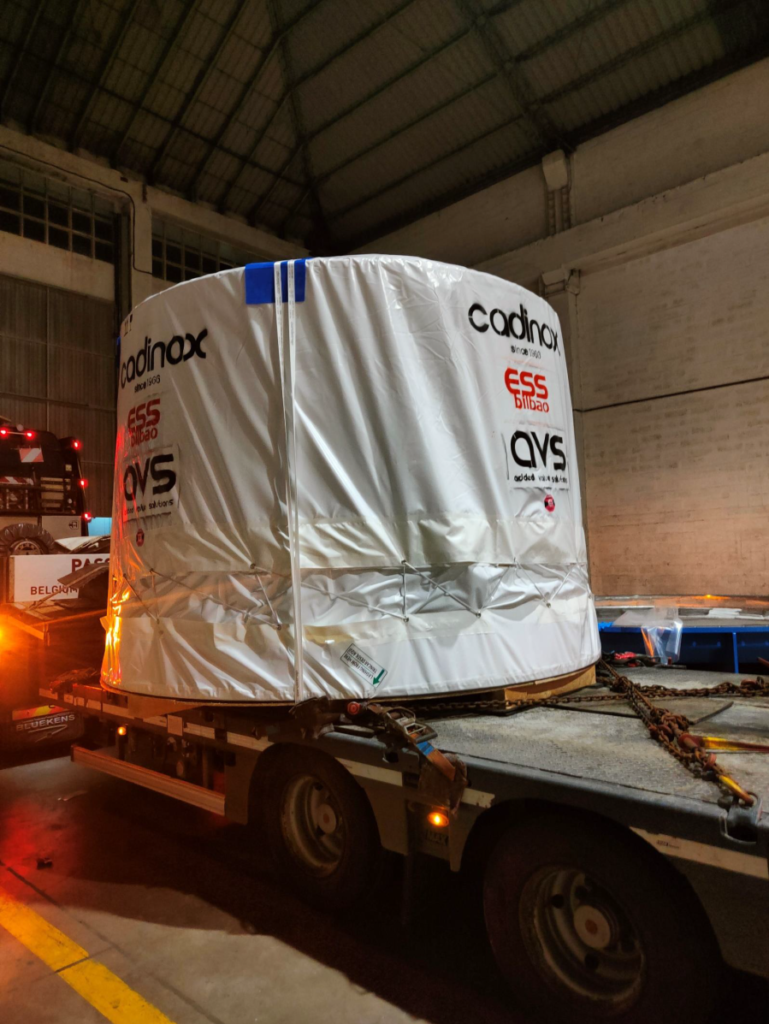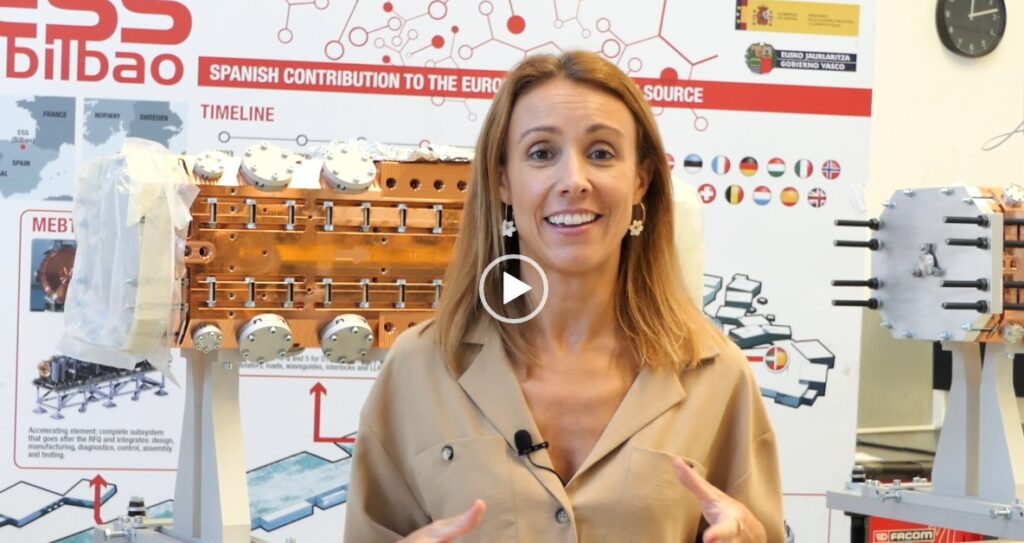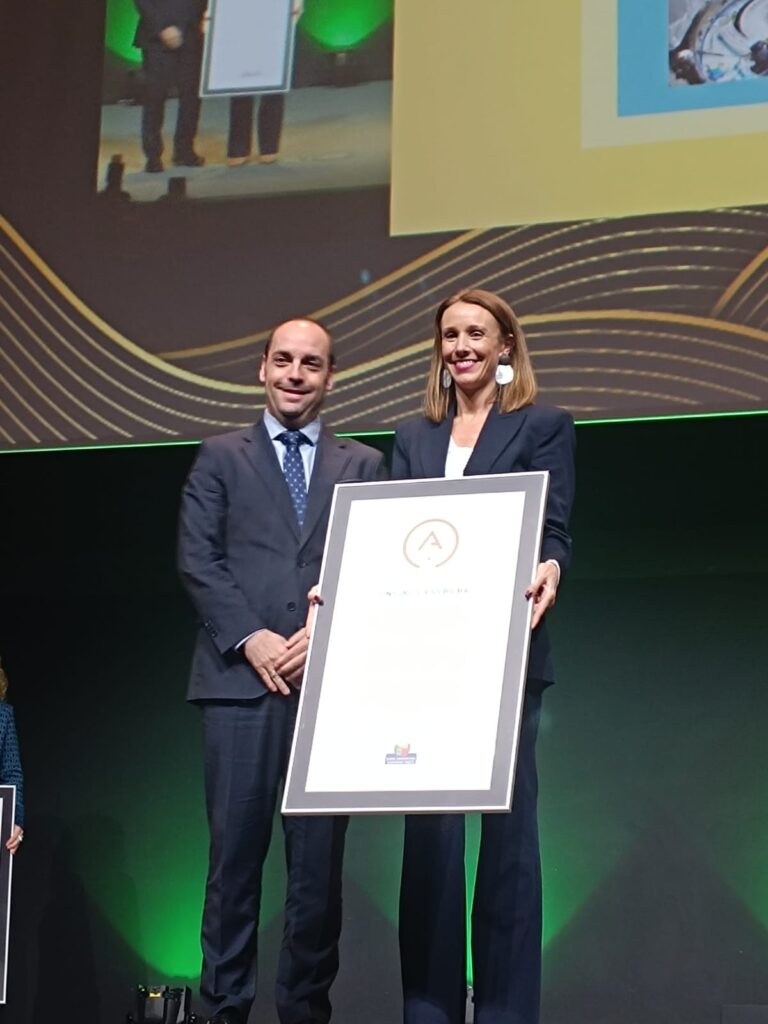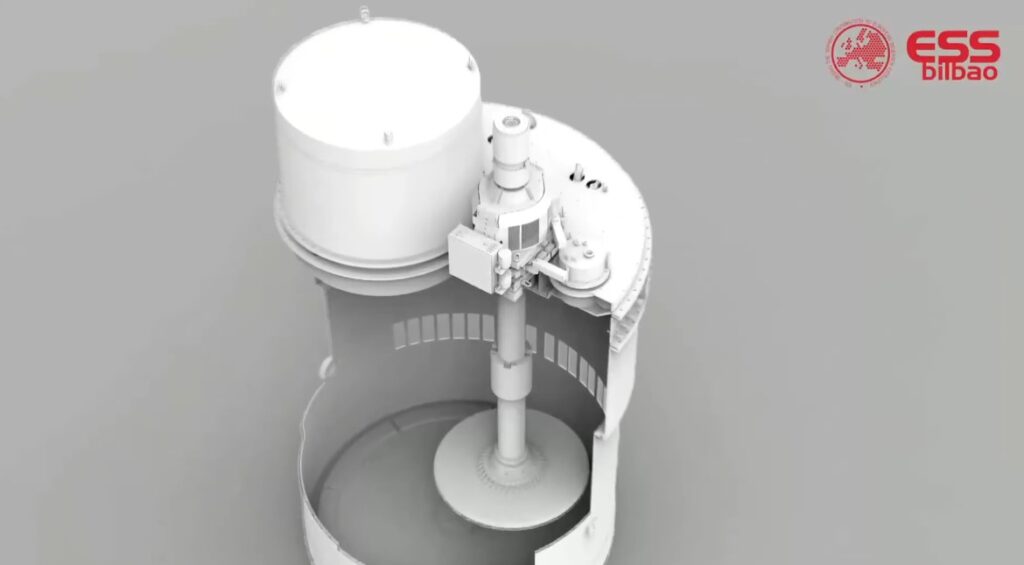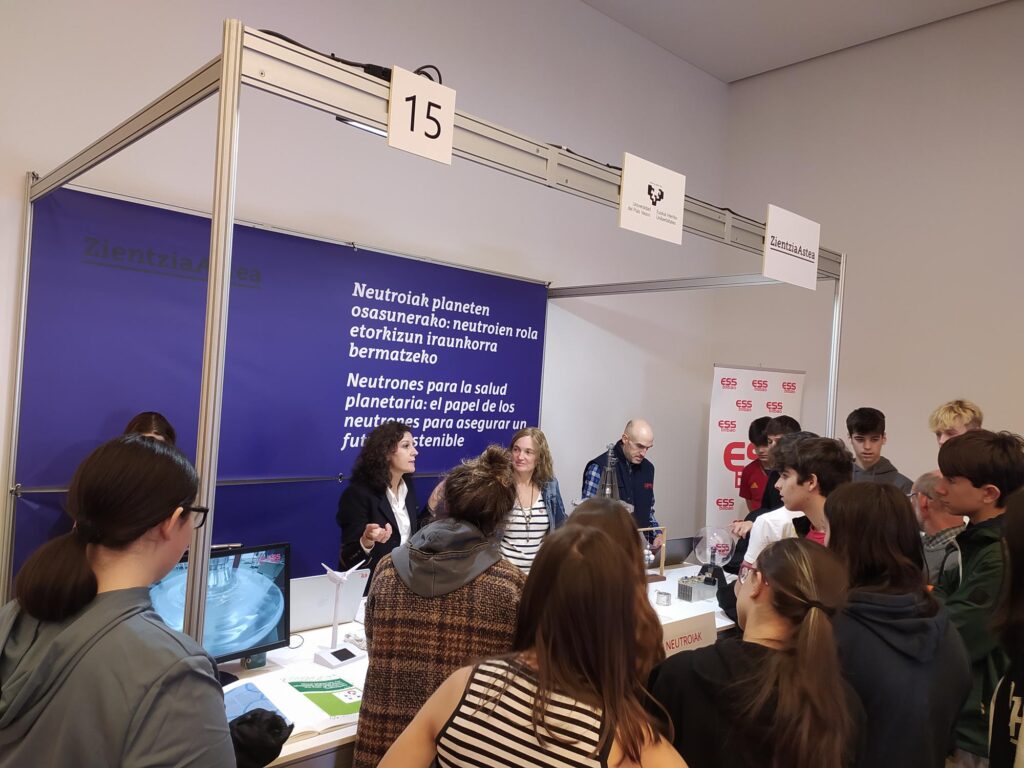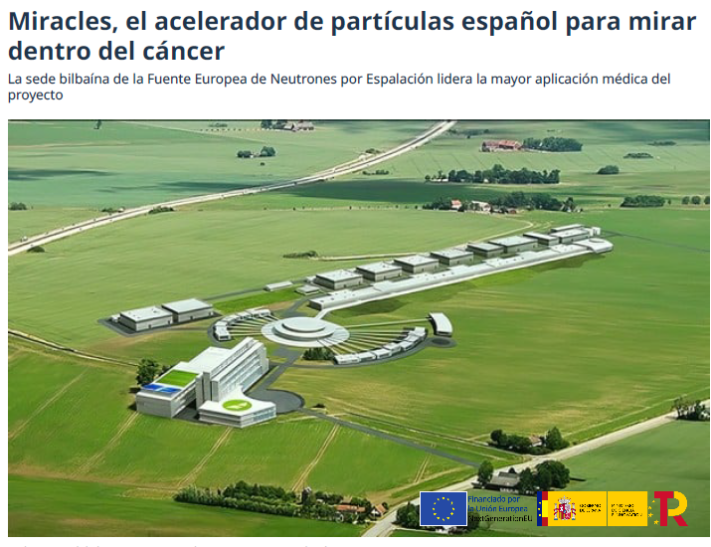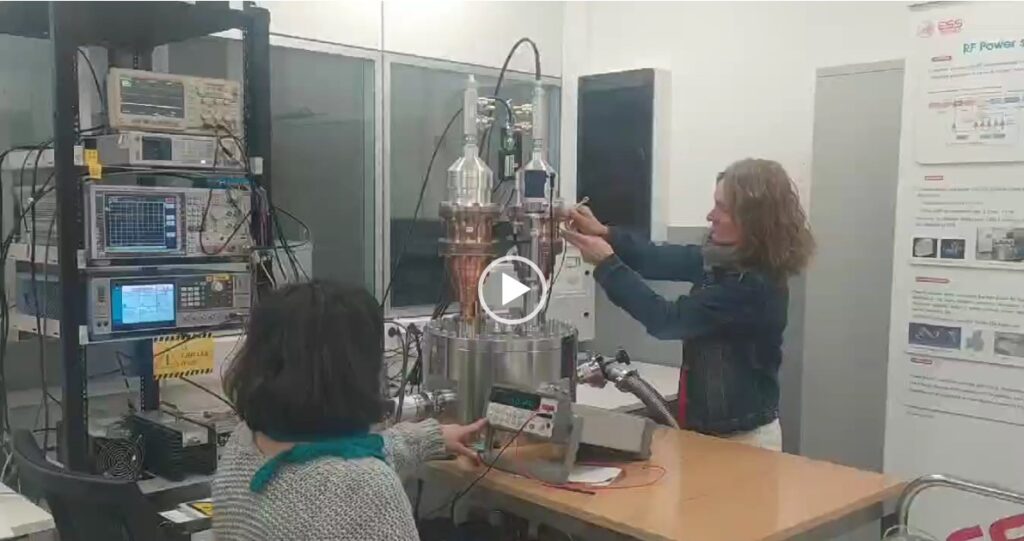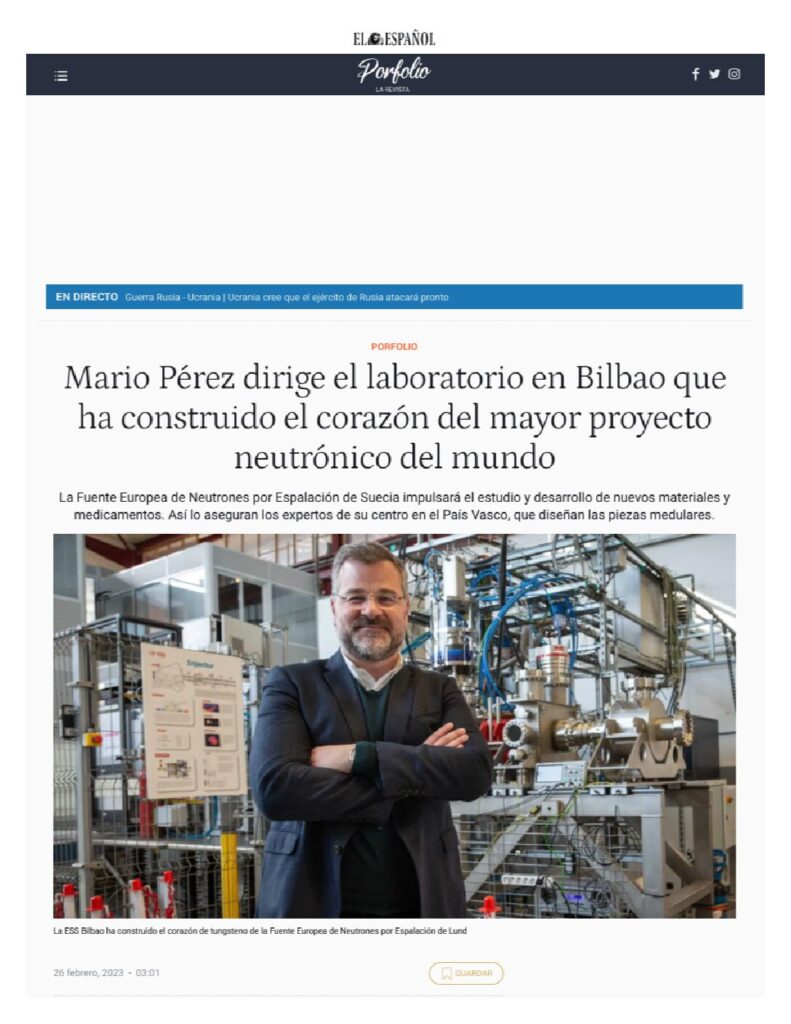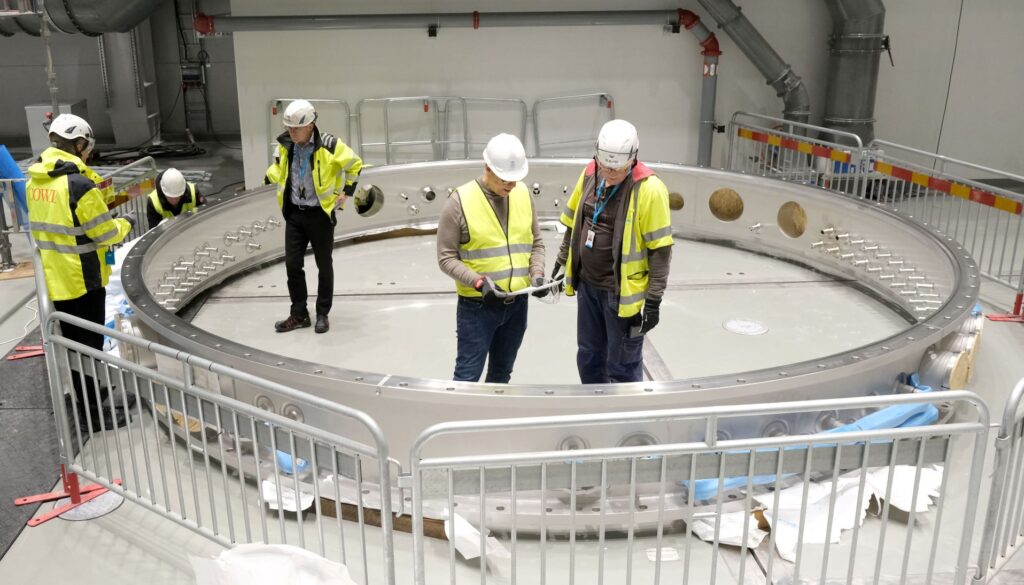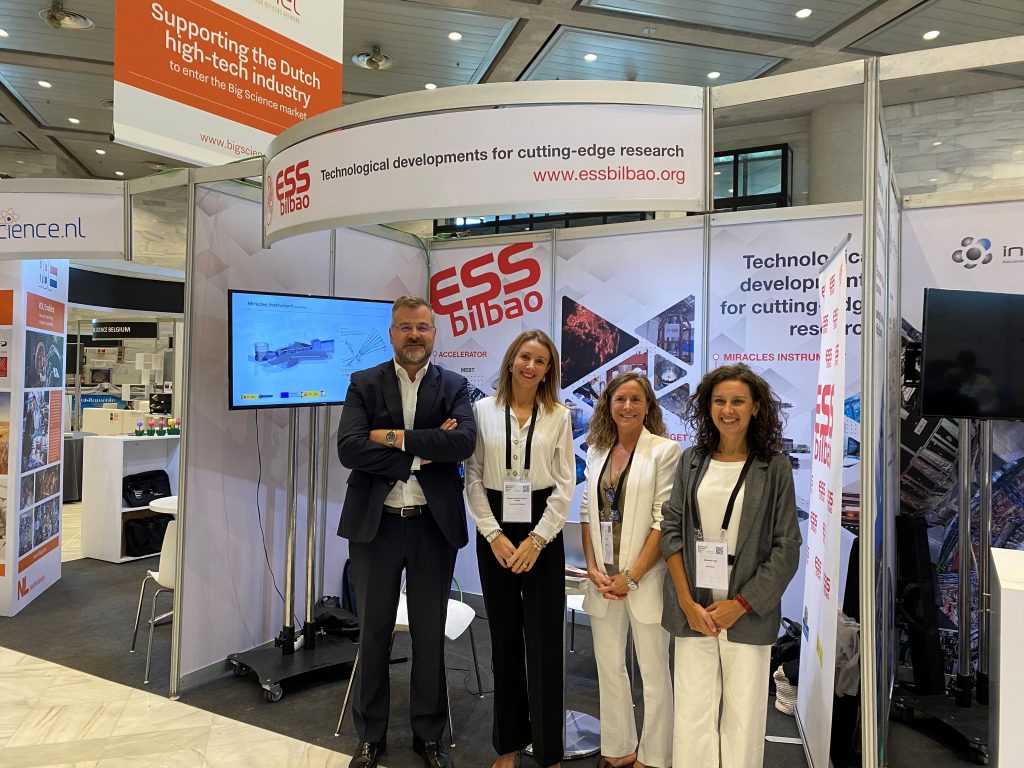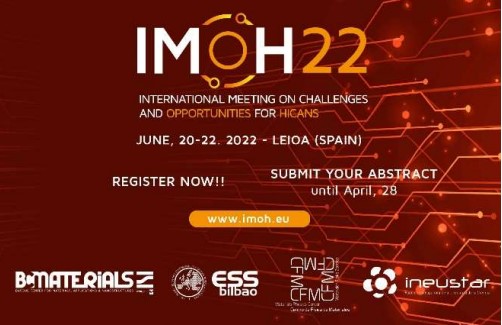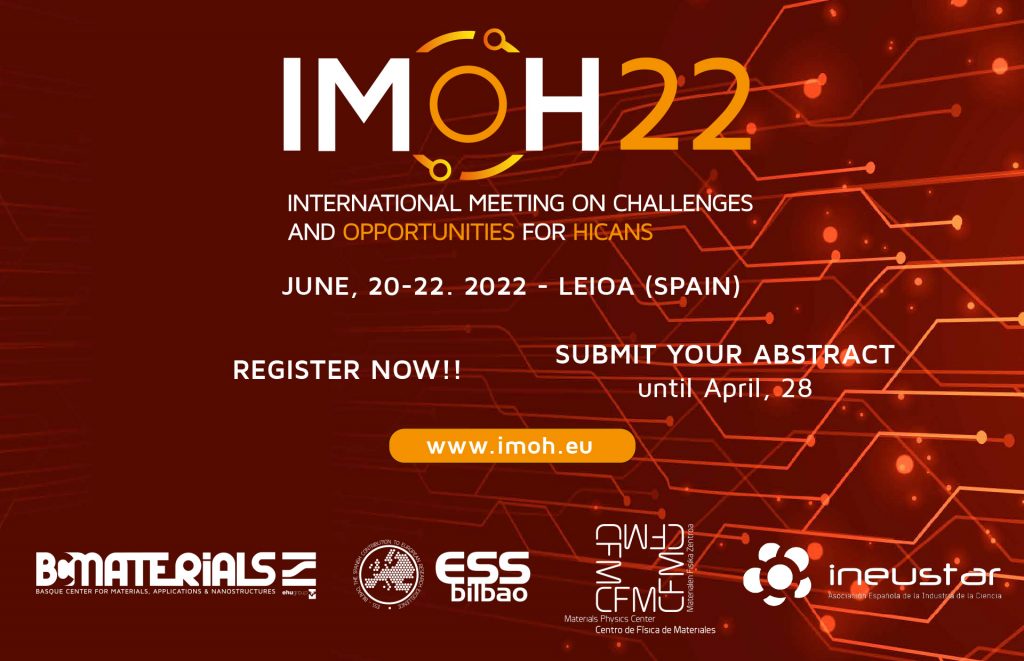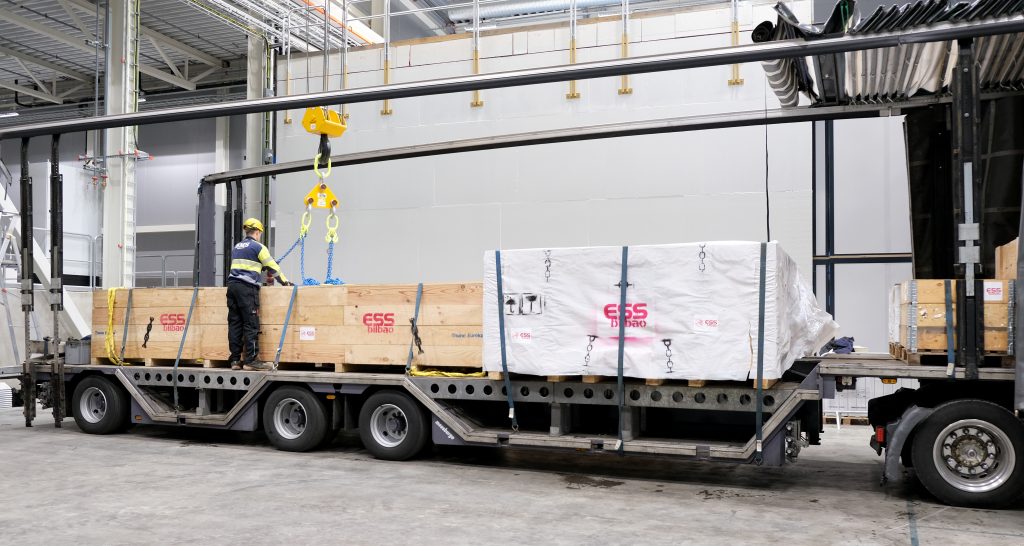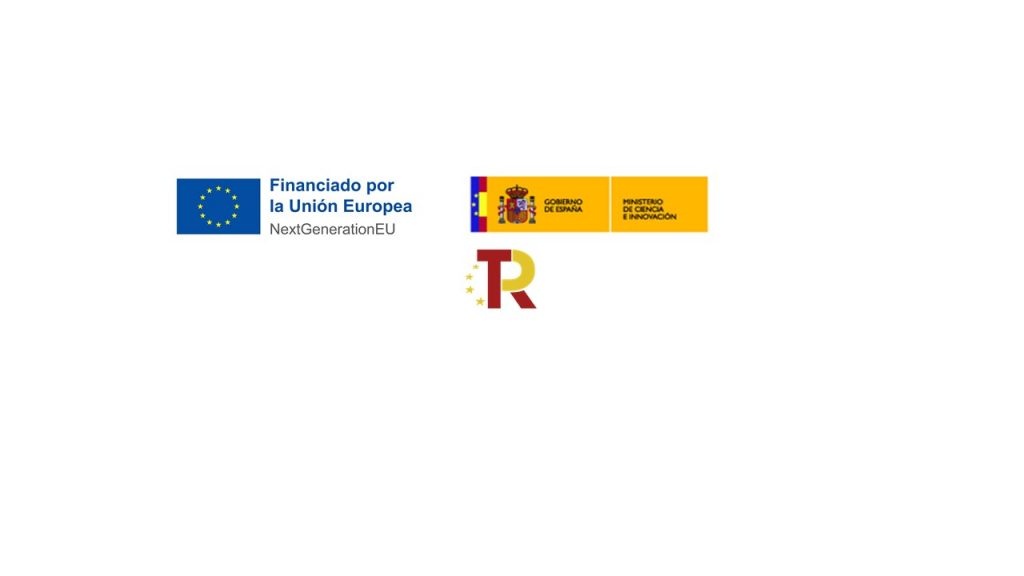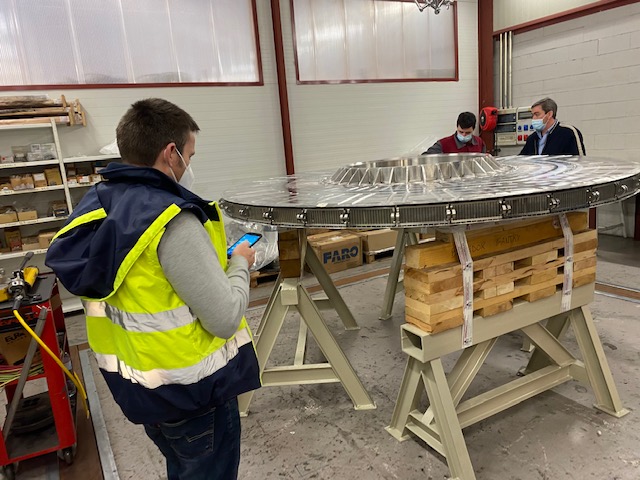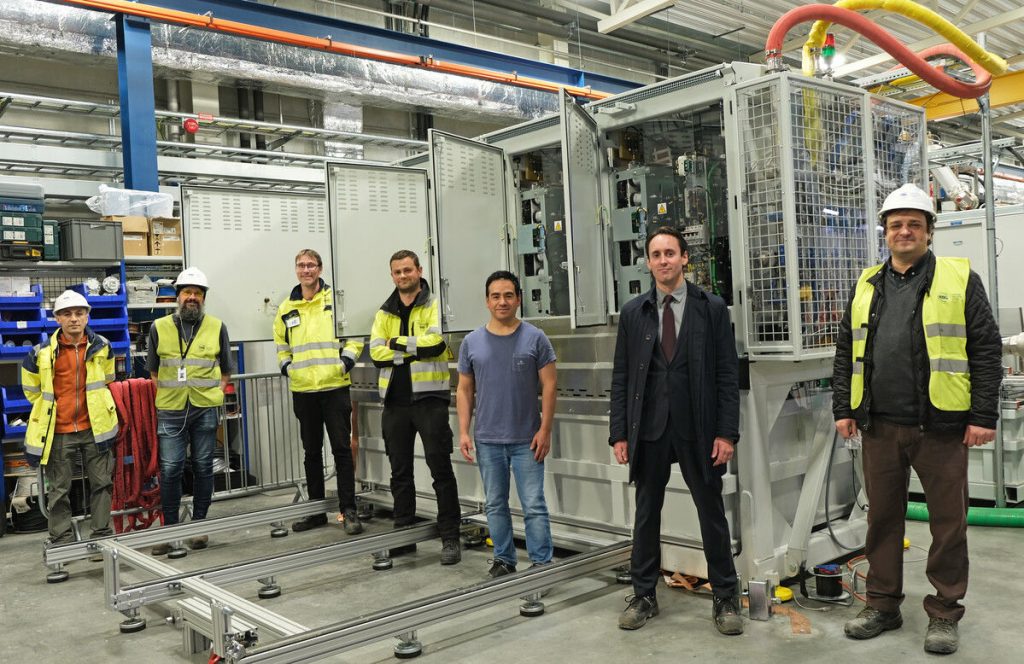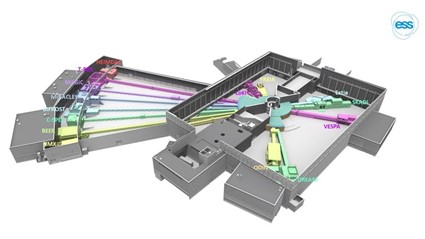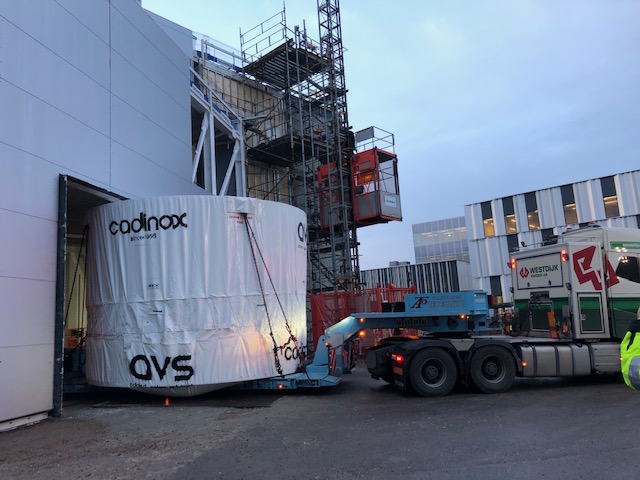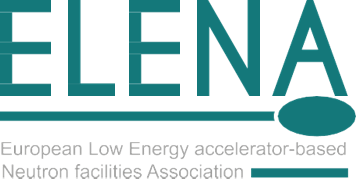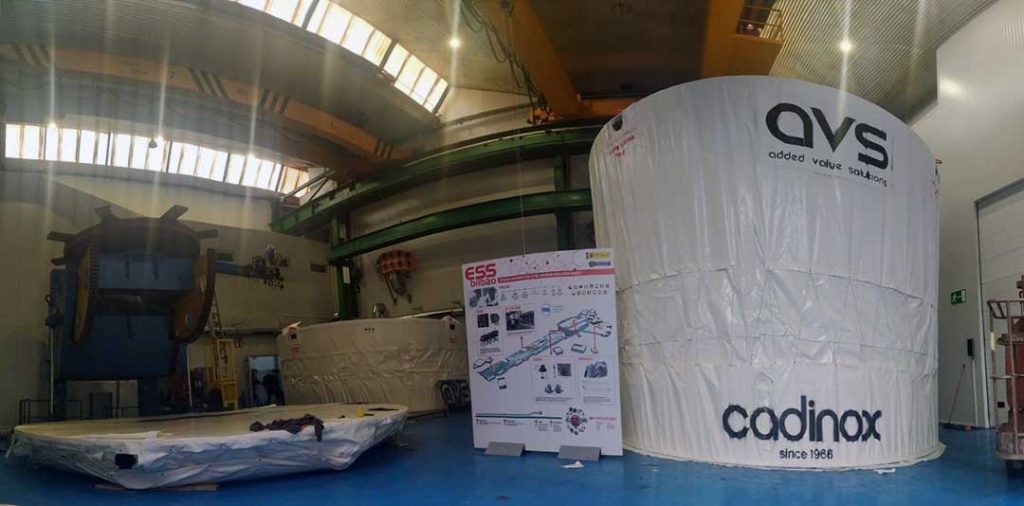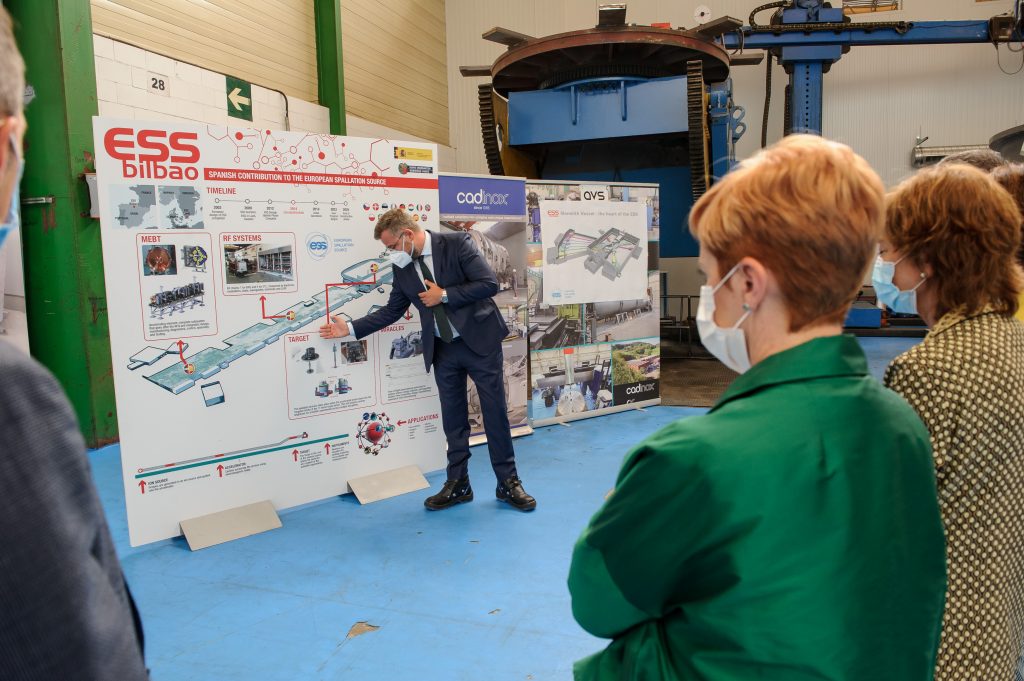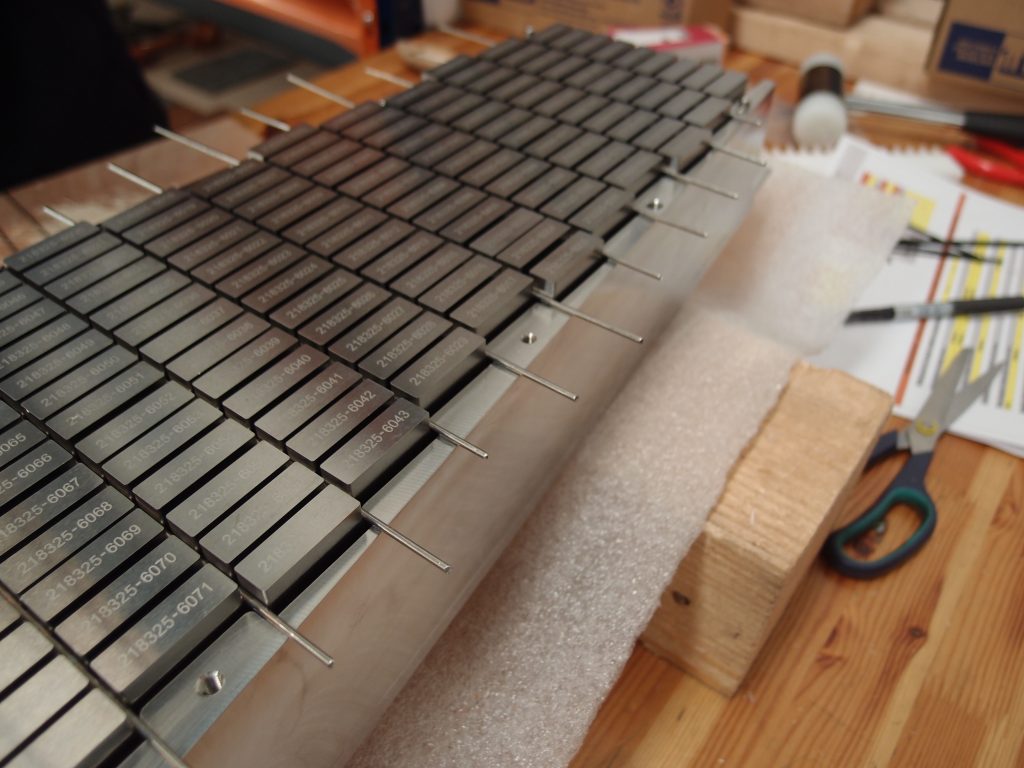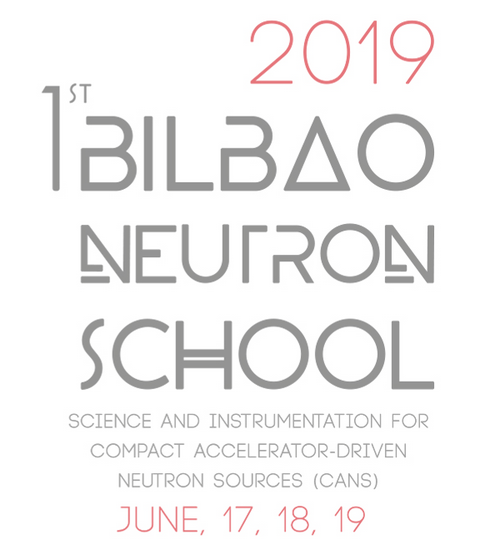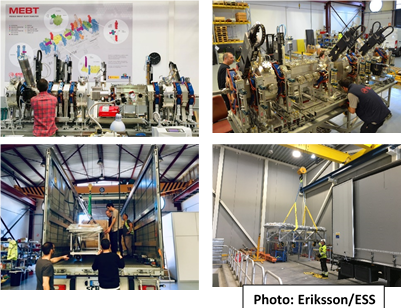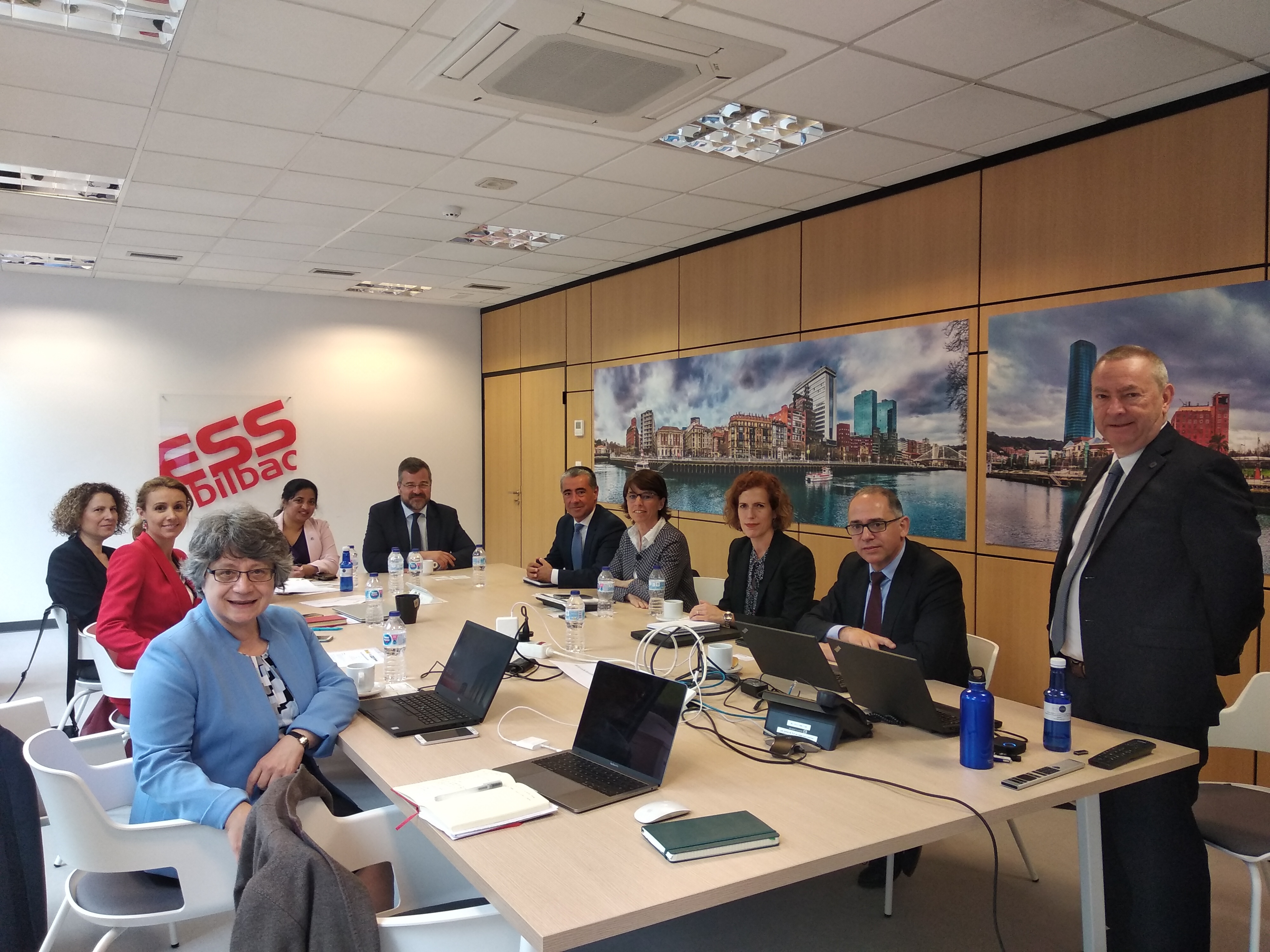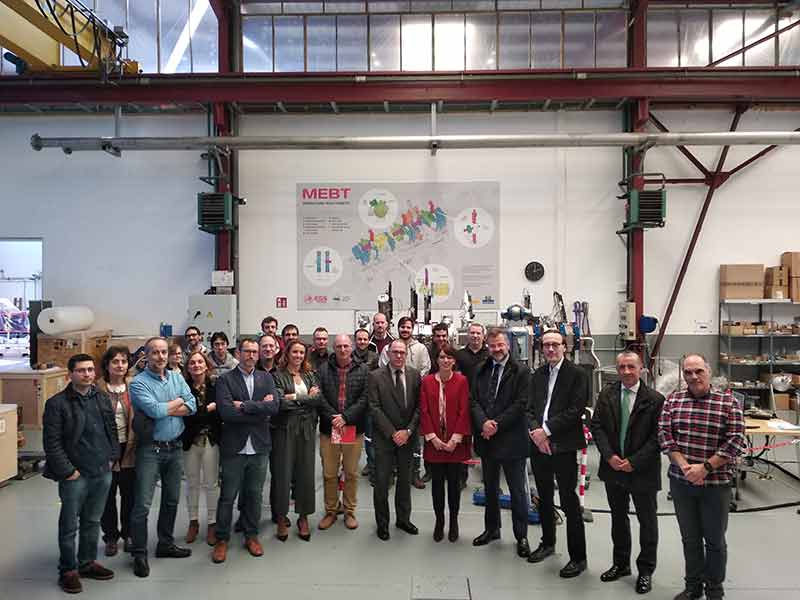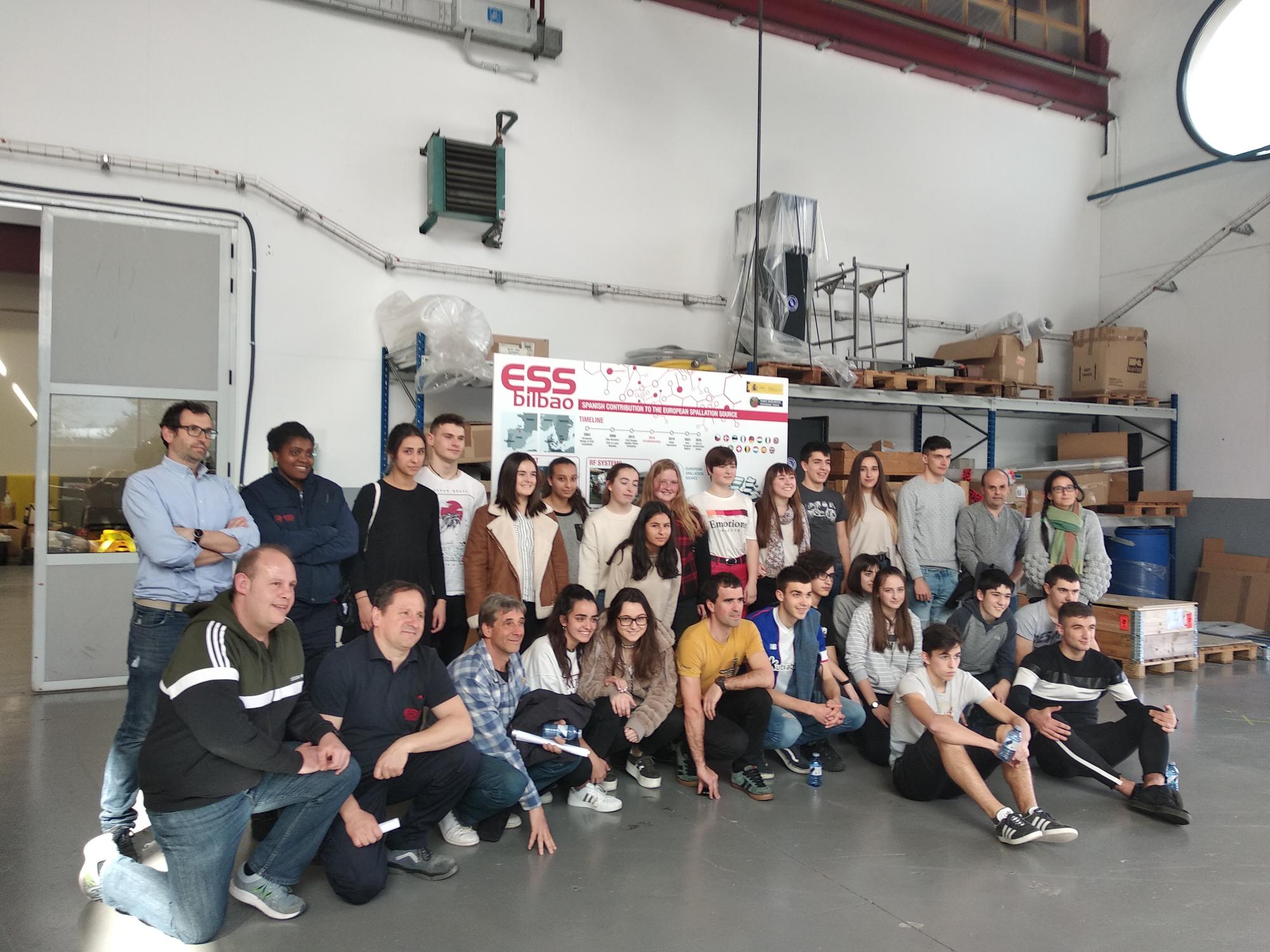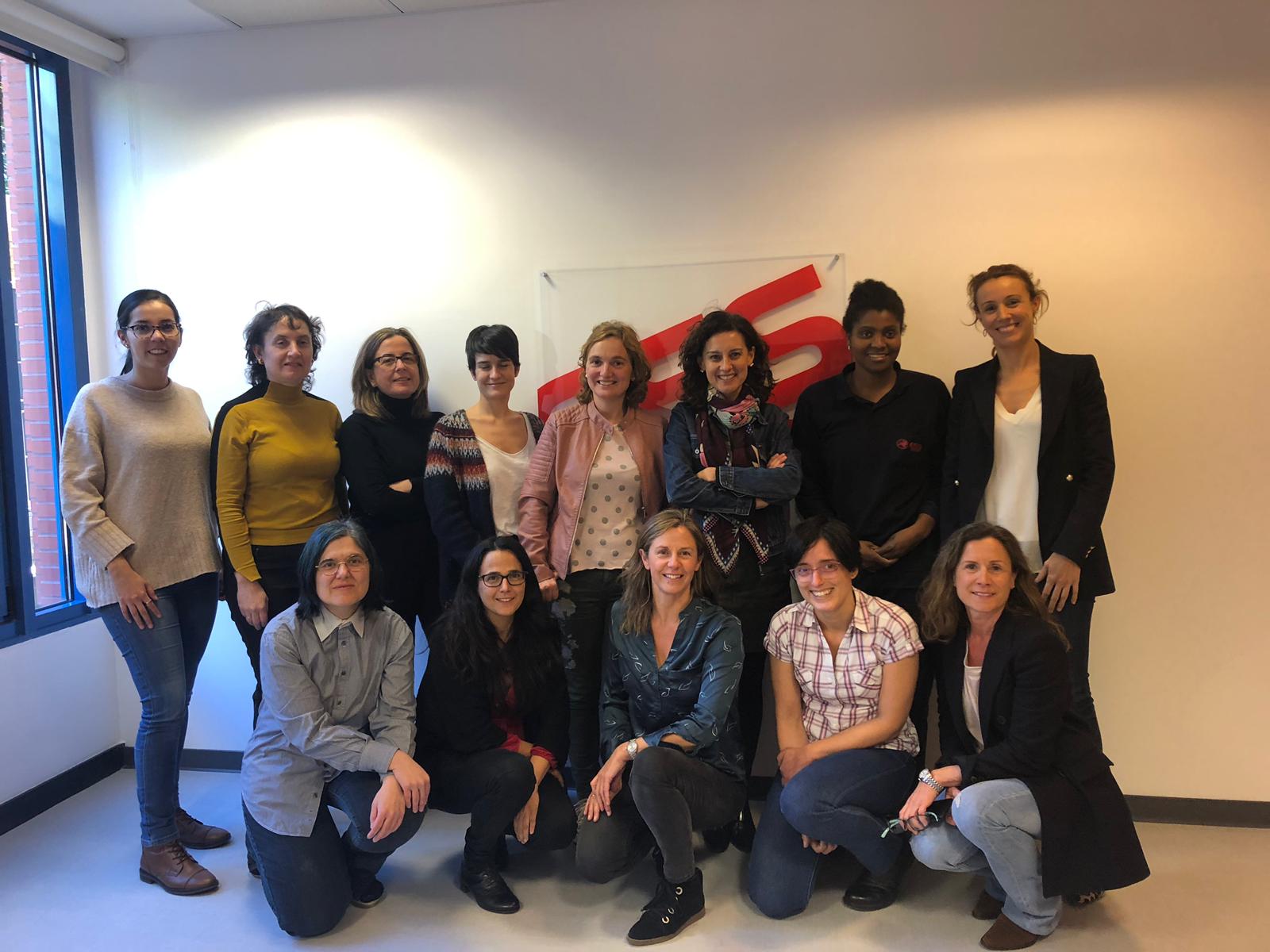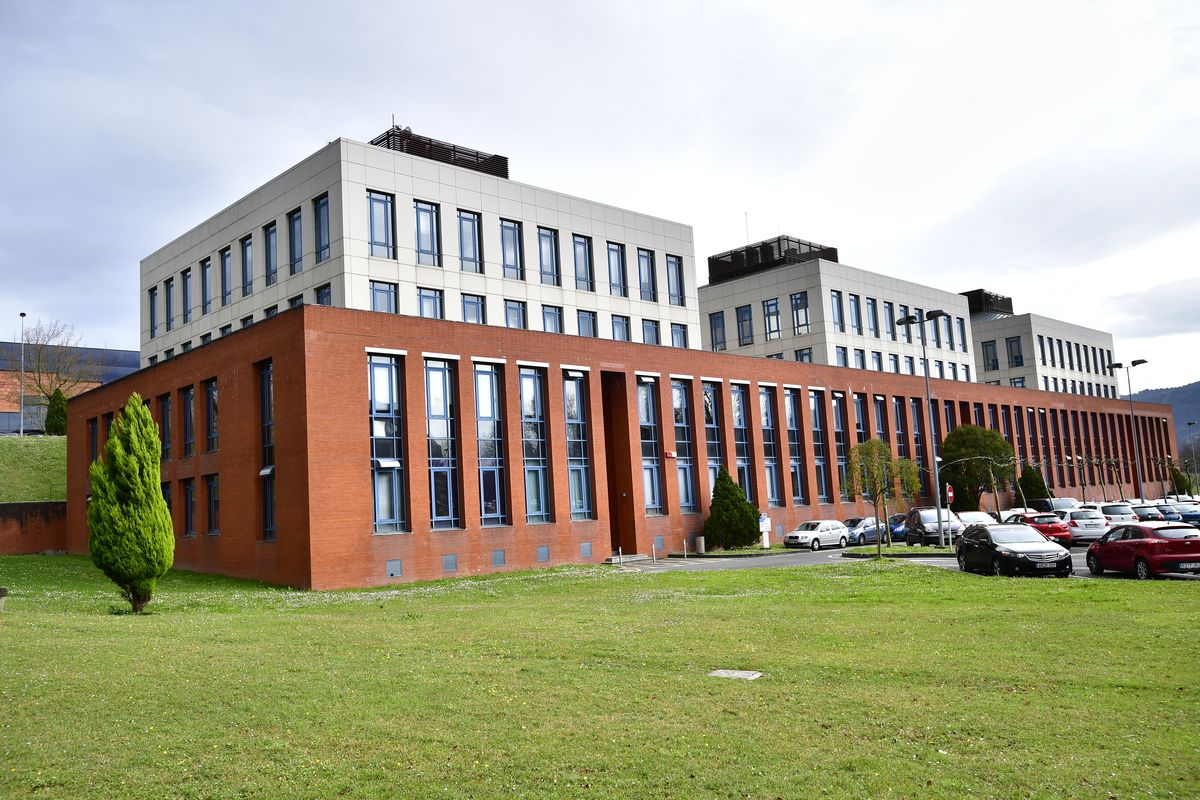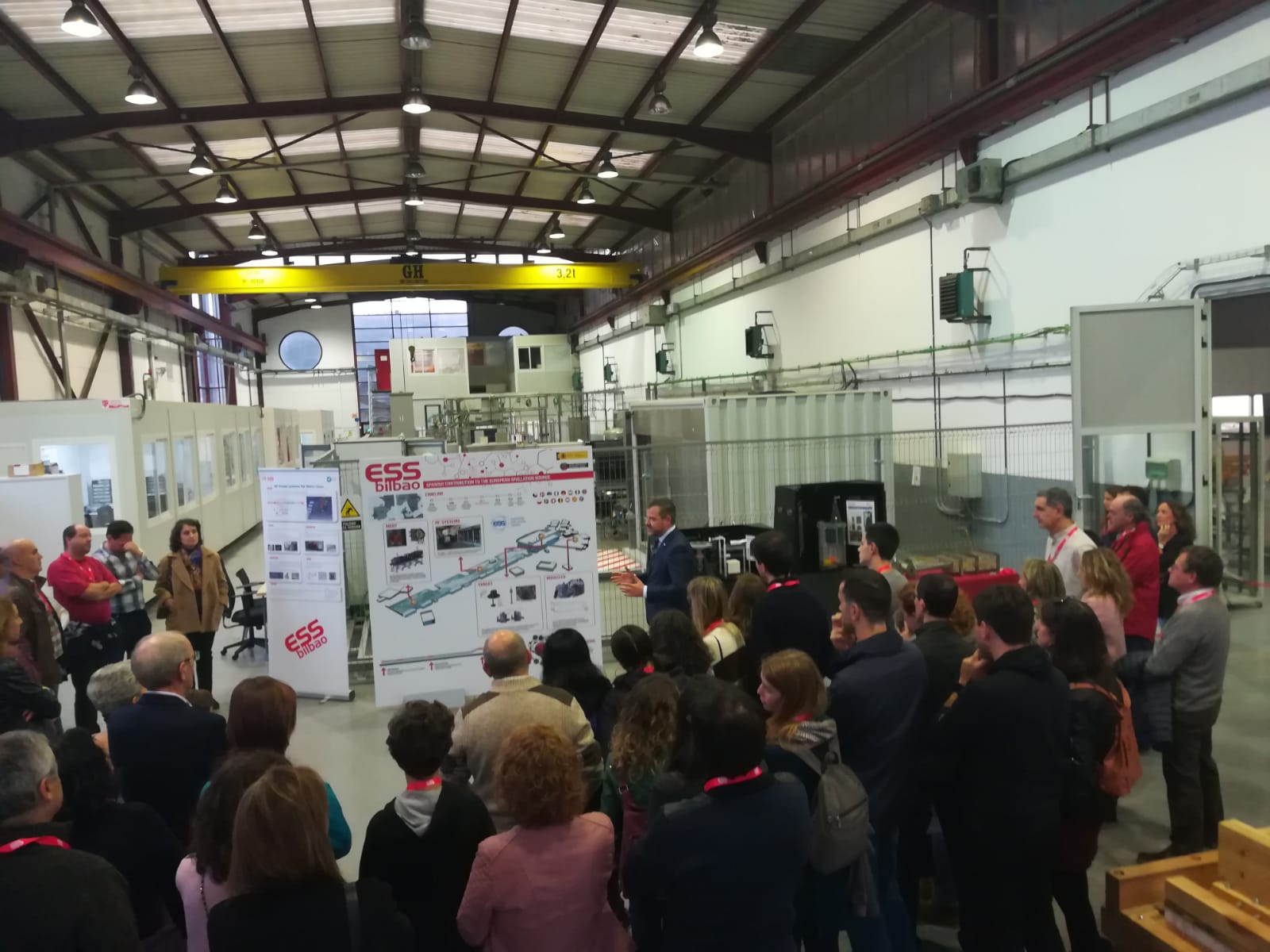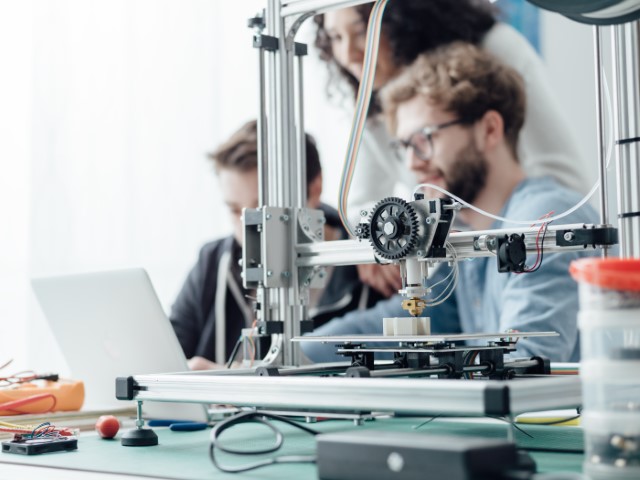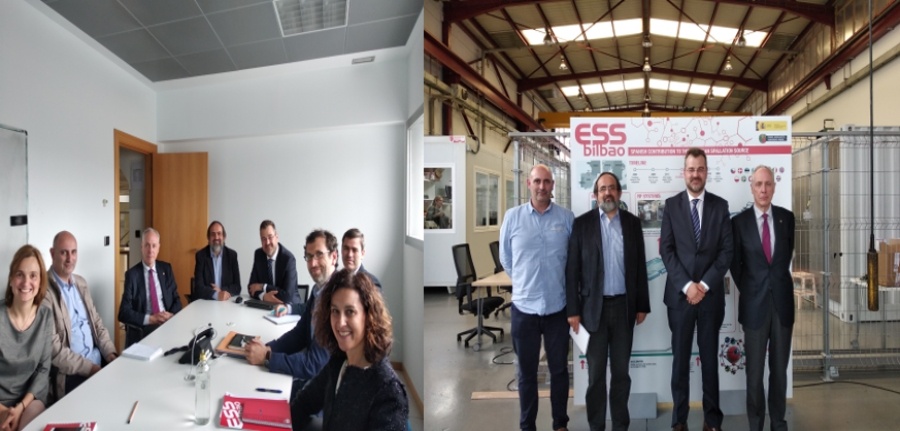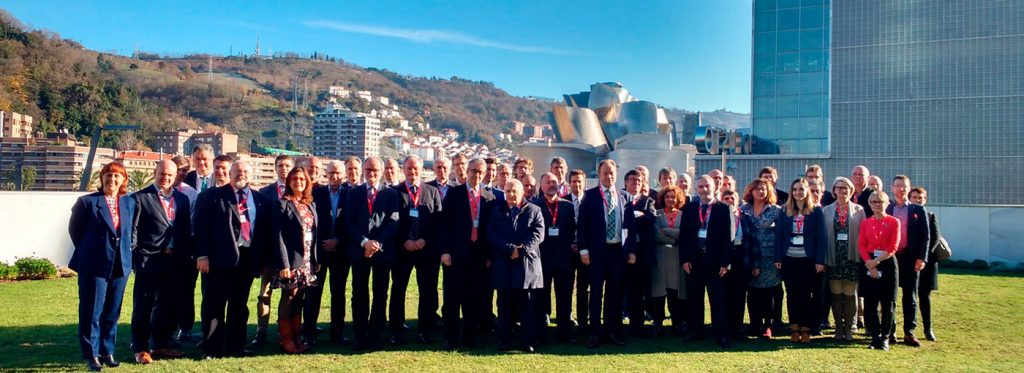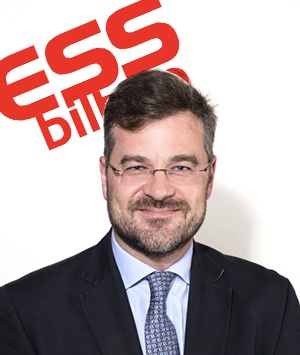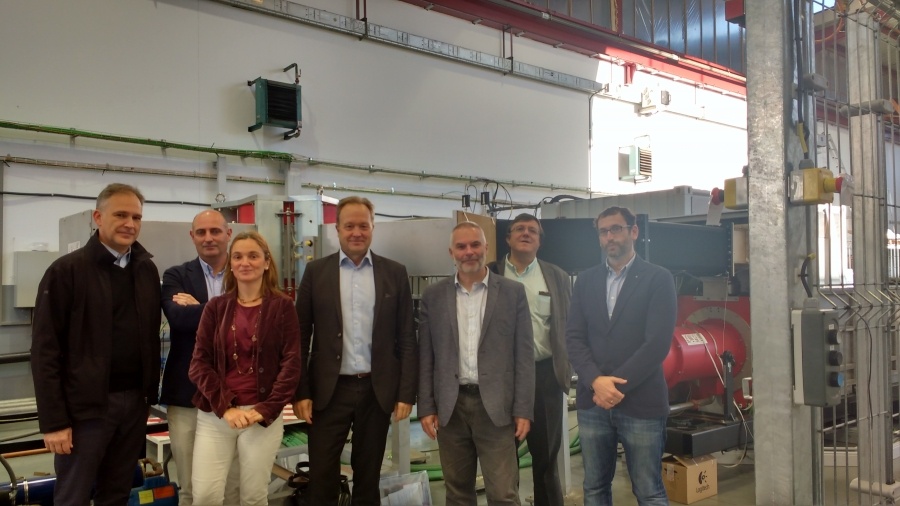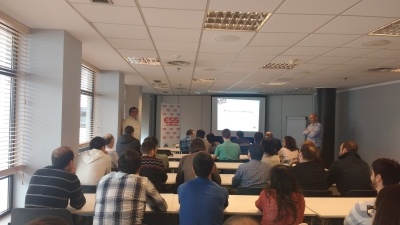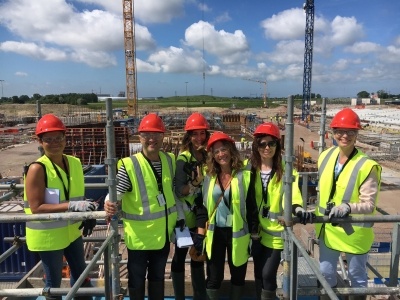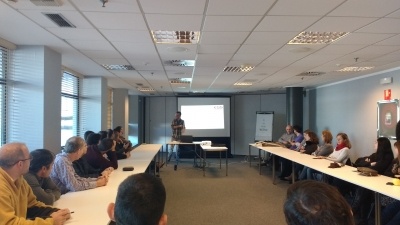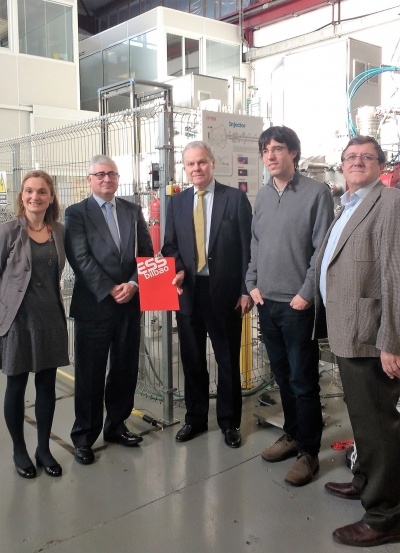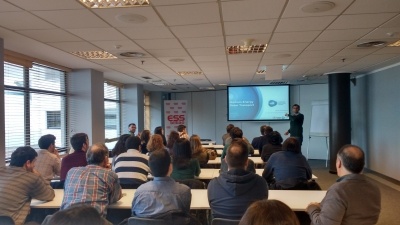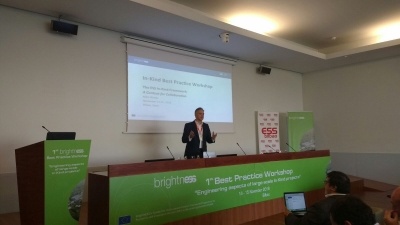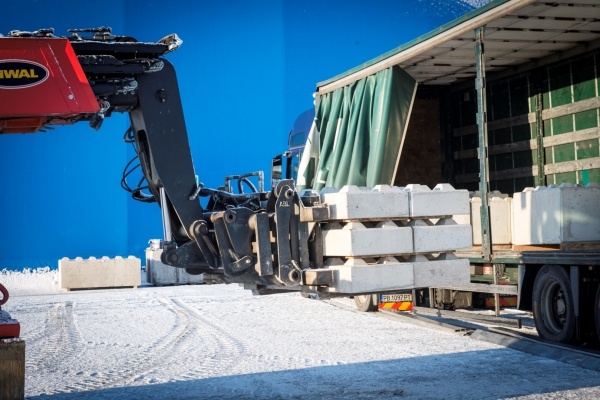Prentsa aretoa
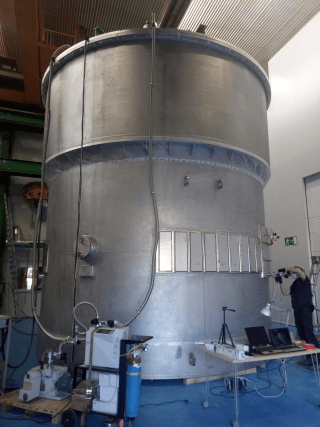
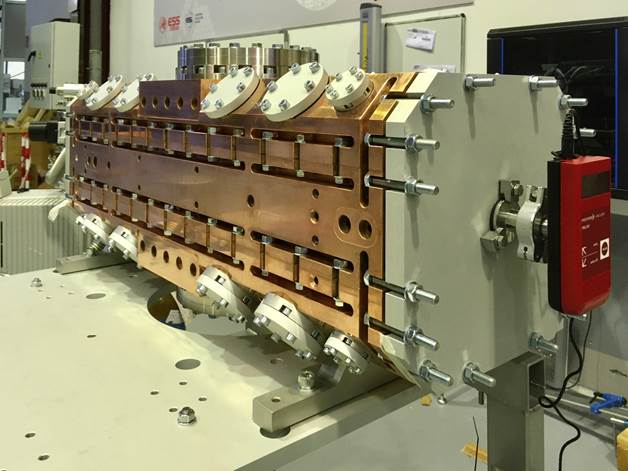

Bilbo ESS-RFQ-eko lehen segmentuaren huts probak egoki amaitu dira. RFQ-a da ioi-iturriaren tentsio alturako erauzketaren eta DTL-a tipoa barrunbe azeleratzaileen arteko zubi gisa balio duen azeleragailu lineala. Protoiak 45 keV-etatik bizkortzen dituenez gero osagai gako bat da eta guzti 3MeV-a beti fokuratutako sorta mantenduz. ESS-RFQ-aren berezitasuna Bilbo, batzuei 3 metroko erabateko luzerarekiko 4 segmentugatik, konposatua da segmentuetako bakoitza eratzen duten baoak batzorde tóricasekin (polimerikoak) mihiztatuta doazela eta soldadurik ez doa era konbentzionalean brazing-agatik. Muntadura-sistema teknologia berritzaile hau aurrez erabili da RAL-ISISa neutroi iturriko RFQ-aren fabrikazio prozesuan eta d zentroak materian erreferentziatzen du.
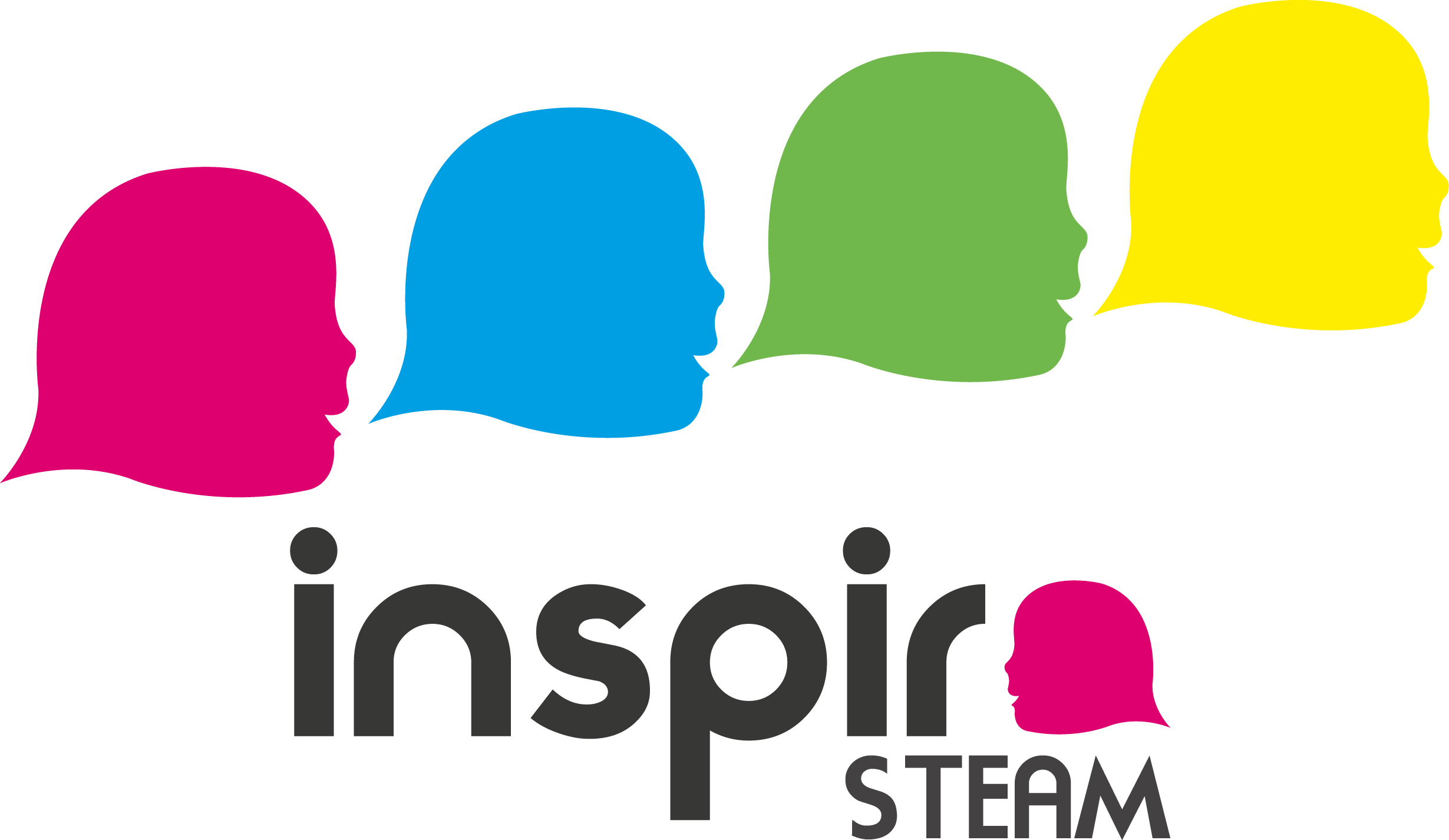
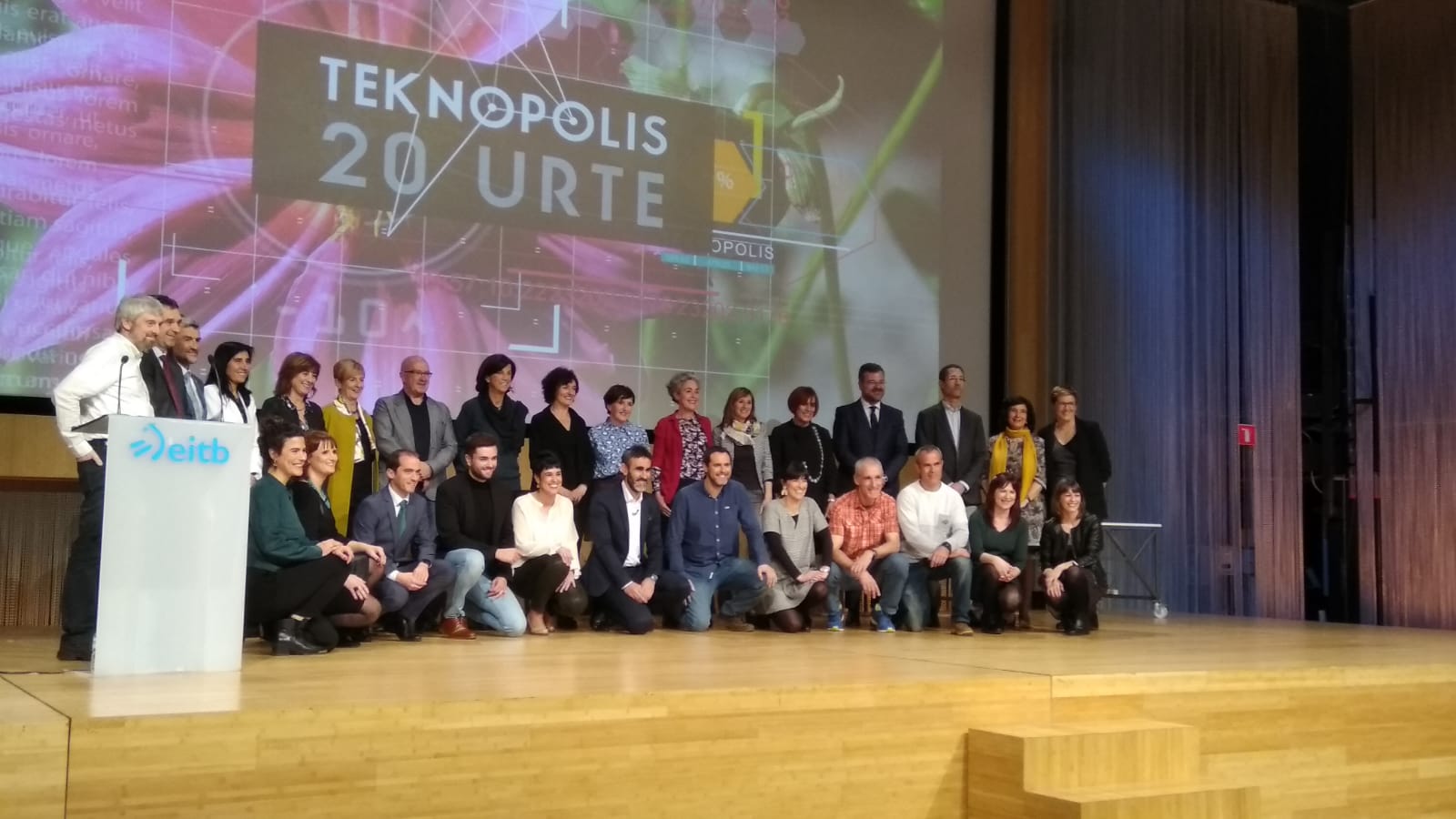
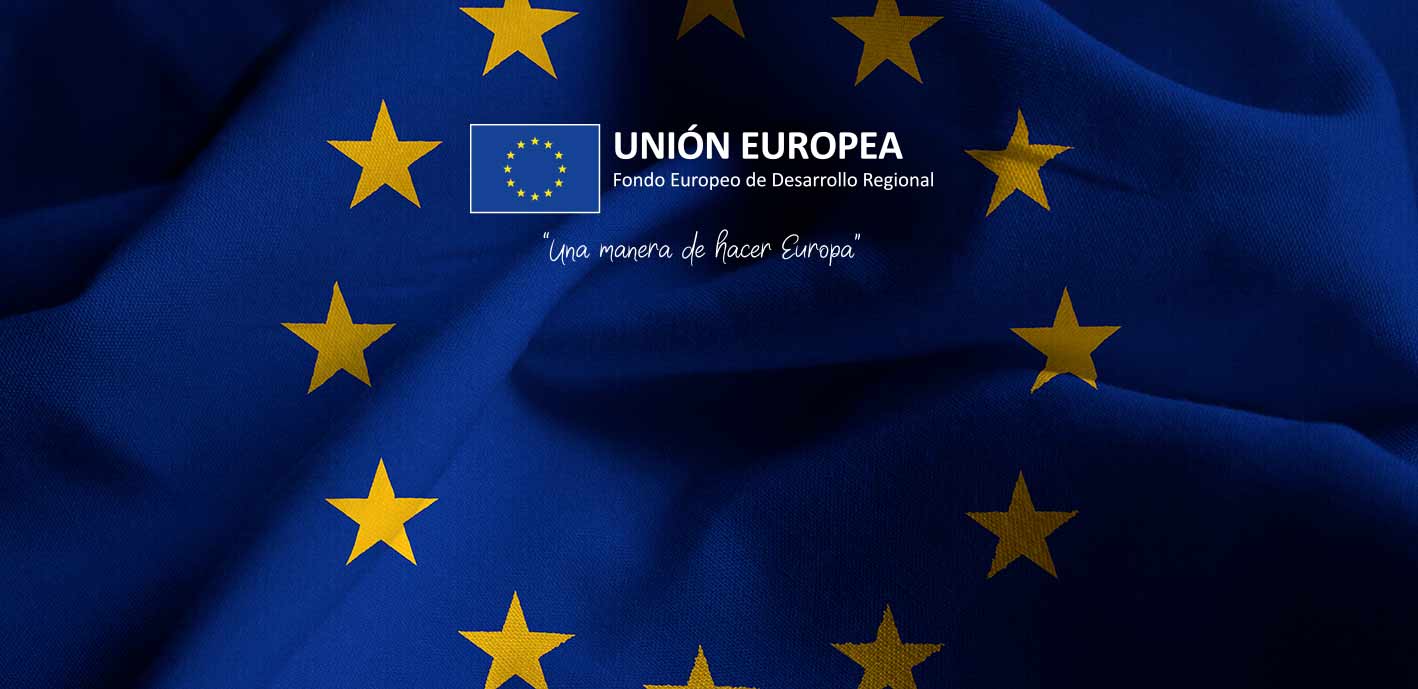

TRACKS, Partikula Azeleragailuentzako Radiofrequency Transmitters, Klystrons eta Solid State oinarritutako gizartearen garapen teknologikora laguntzen dutenak, ESS Bilbao-ren funtzionamendua da, Eskualde Garapeneko Europako Funtsak (FEDER) finantzatua, ‘Programa Operativo Plurirregional de España’ ikerketa eta garapen teknologikoa eta berrikuntza sustatzeko hazkundearen eta enpleguaren inbertsioaren helburuaren esparruan. TRACKS proiektuak ESS Bilbo Euskadin duen azpiegiturak hobetuko ditu eta I + G + Bko giza baliabideak indartuko ditu.

Pertsona-ehun gehiago erdiak ESS-a Bilbo Partzuergoak Zamudio-ko Parke Teknologikoan dituen instalazioak bisitatu dituzte arratsalde honetan, aurrerapenek zientzialaria ezagutu ahal izan dutela lehen eskukoa teknologikoak itxura|fisikari eta ingeniariak eramaten ari direla Neutroietako Europako Iturriaren proiektuari Espalación-etik (ESS-etatik) laguntzeko. Azpiegitura zientifikoa teknologikoa gaur egun Europan eraikitzen ari den tamaina handieneko materialen ikerketarako.

The Council of the European Spallation Source has ratified the accession of Spain as a founding member with full rights in the consortium participated by 15 members and observer’s European countries, committed in the construction of the most important scientific-technological infrastructure that Europe will have in the next decade.
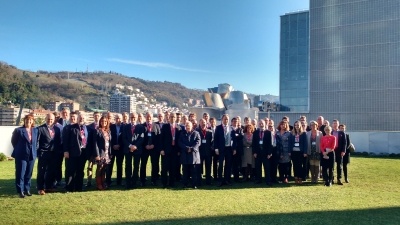

The European Spallation Source Council reaffirms the importance of Spain as a partner country and supports its imminent entry in the ERIC Bilbao event, from 5th to 6th December 2016. The European Spallation Source ERIC Council, in a meeting held in Bilbao, has reiterated the importance for the European project of the entry of Spain as a founding member of the European Research Infrastructure Consortium -ERIC- of ESS.


El Consejo de la European Spallation Source reitera la relevancia de España como país socio y avala su entrada inminente en el ERIC Bilbao, 5 y 6 de diciembre de 2016.- El Consejo de la European Spallation Source ERIC, en su reunión celebra en Bilbao, ha reiterado la importancia que para el proyecto europeo supone la entrada de España como miembro socio fundador en el European Research Infrastructure Consortium -ERIC- de la ESS.

Fisrt BrightnESS* Best Practice Workshop on engineering aspect of large-scale In-Kind projects
Supported by the European Spallation Source ERIC, Elettra Sincrotrone and ESS Bilbao
Around one hundred scientists from Europe will be coming to Bilbao to discuss the implementation of best practises in engineering protocols for large-scale science projects



The European Spallation Source marked an important milestone today at the construction site in Lund. Now the organisation is a European Research Infrastructure Consortium (ERIC), a type of legal entity created by the European Commission for governing international research facilities. The European Commission’s Director-General for Research and Innovation, Robert-Jan Smits handed over the official ‘plates’ of the ERIC from the Commission to ESS. He was joined by the Swedish Research Minister Helene Hellmark Knutsson, and her Danish counterpart Esben Lunde Larsen, as well as representatives from the partner countries.


